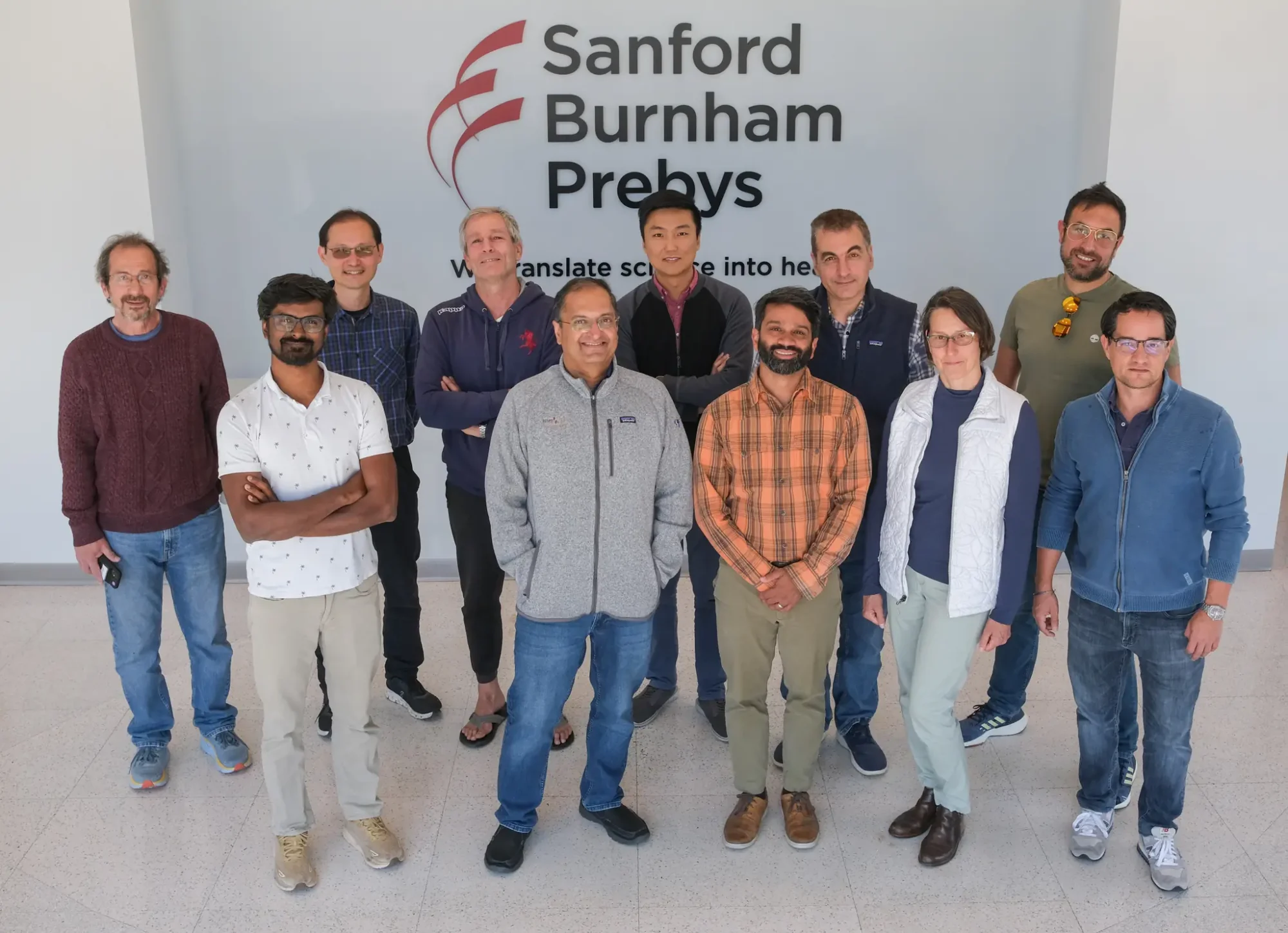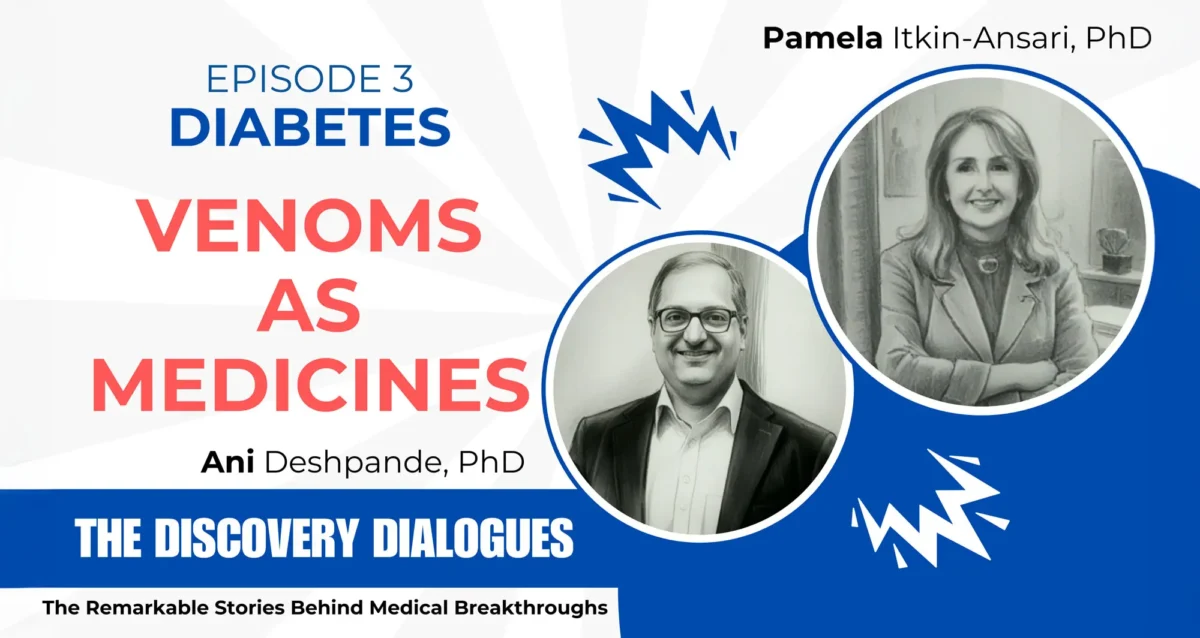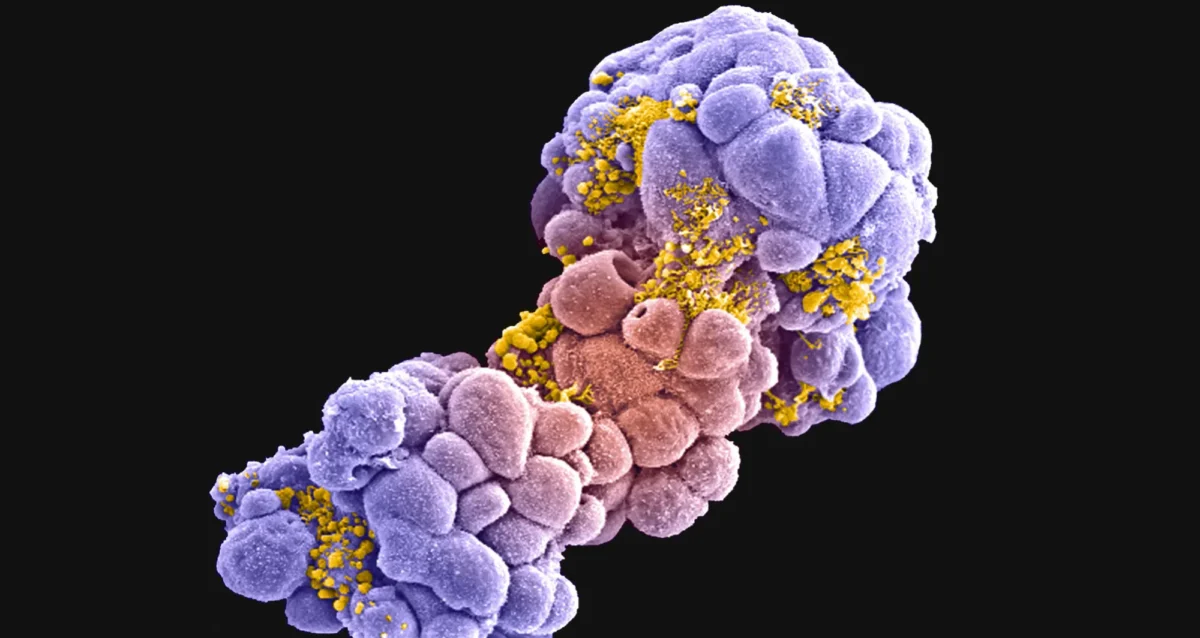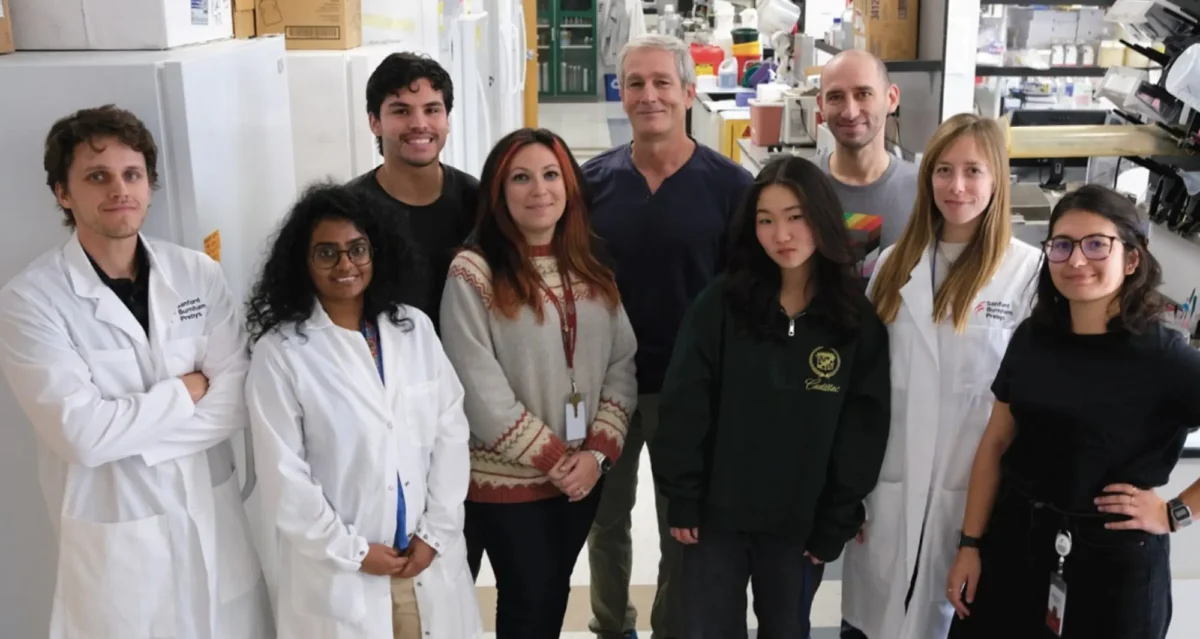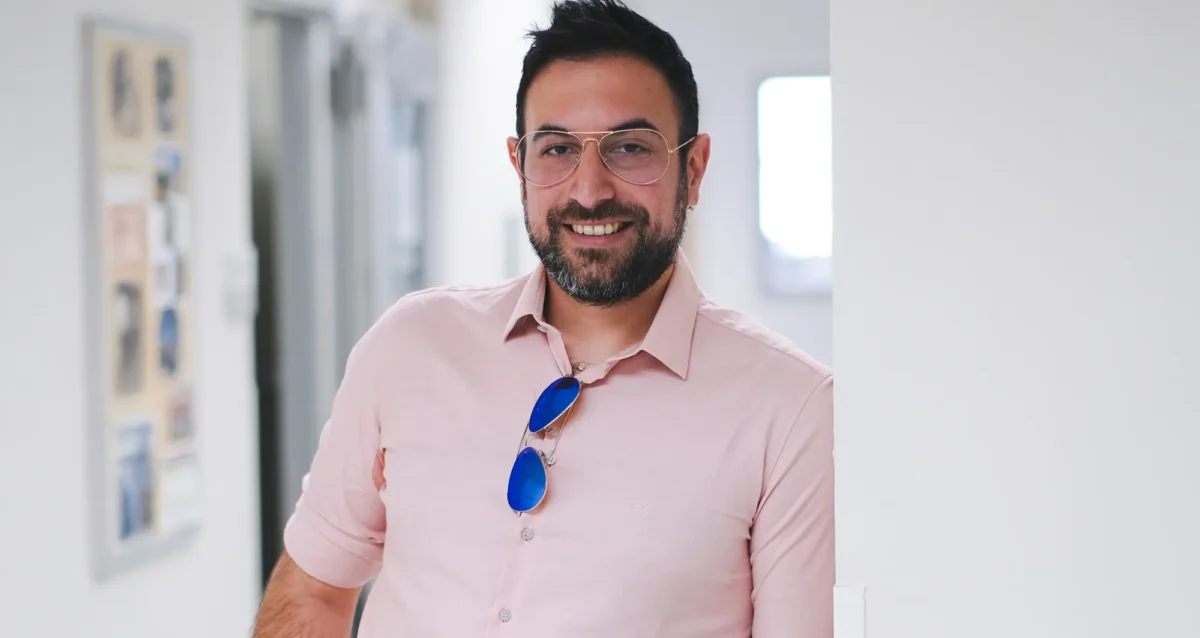From Data to Discovery
Unlocking the Power of Biomedical Information
The future of biomedical research depends on our ability to make sense of vast, complex datasets. At Sanford Burnham Prebys, the Center for Data Sciences brings together experts in AI, statistics, genetics and more to uncover patterns, generate insights and spark innovation. Their work turns raw information into knowledge that drives scientific breakthroughs and new possibilities for human health.
Mission Statement
To drive groundbreaking discoveries in biomedical research by harnessing the power of data science and artificial intelligence, transforming how we diagnose, treat, and prevent disease.
We achieve this mission by data-centric research, inter-disciplinary collaborations, development and sharing of reusable resources, and contemporary training.
Expertise and Research Interests
Common Themes
| PI | Cancer | Muscle | Aging | Drug Discovery |
|---|---|---|---|---|
| Lukas Chavez | ✔️ | |||
| Ani Deshpande | ✔️ | ✔️ | ||
| Susanne Heynen-Genel | ✔️ | ✔️ | ||
| Andrei Osterman | ✔️ | ✔️ | ||
| Giovanni Paternostro | ✔️ | |||
| Lorenzo Puri | ✔️ | ✔️ | ✔️ | |
| Sanjeev Ranade | ✔️ | |||
| Sanju Sinha | ✔️ | ✔️ | ✔️ | |
| Alessandro Vasciaveo | ✔️ | ✔️ | ||
| Will Wang | ✔️ | ✔️ | ✔️ | |
| Kevin Yip | ✔️ | ✔️ |
Technical Highlights
| PI | Technical Highlight |
|---|---|
| Lukas Chavez | Genomics |
| Ani Deshpande | Functional Genomics |
| Susanne Heynen-Genel | High-content imaging |
| Andrei Osterman | Resistomics |
| Giovanni Paternostro | Metabolomics |
| Lorenzo Puri | Chromatin architecture |
| Sanjeev Ranade | Single-cell RNA-seq |
| Sanju Sinha | AI: imaging |
| Alessandro Vasciaveo | AI: drugs |
| Will Wang | Spatial multiomics |
| Kevin Yip | AI: omics |
Four Pillars Of Research

Reusable Resources

PERCEPTION
We build a precision oncology computational approach capitalizes on recently published matched bulk and single-cell (SC) transcriptome profiles of large-scale cell-line drug screens to build treatment response models from patients’ SC tumor transcriptomics. The general objective of this project is to utilize single-cell omics from patients tumor to predict response and resistance. The following figure describe the architecture of PERCEPTION pipeline.
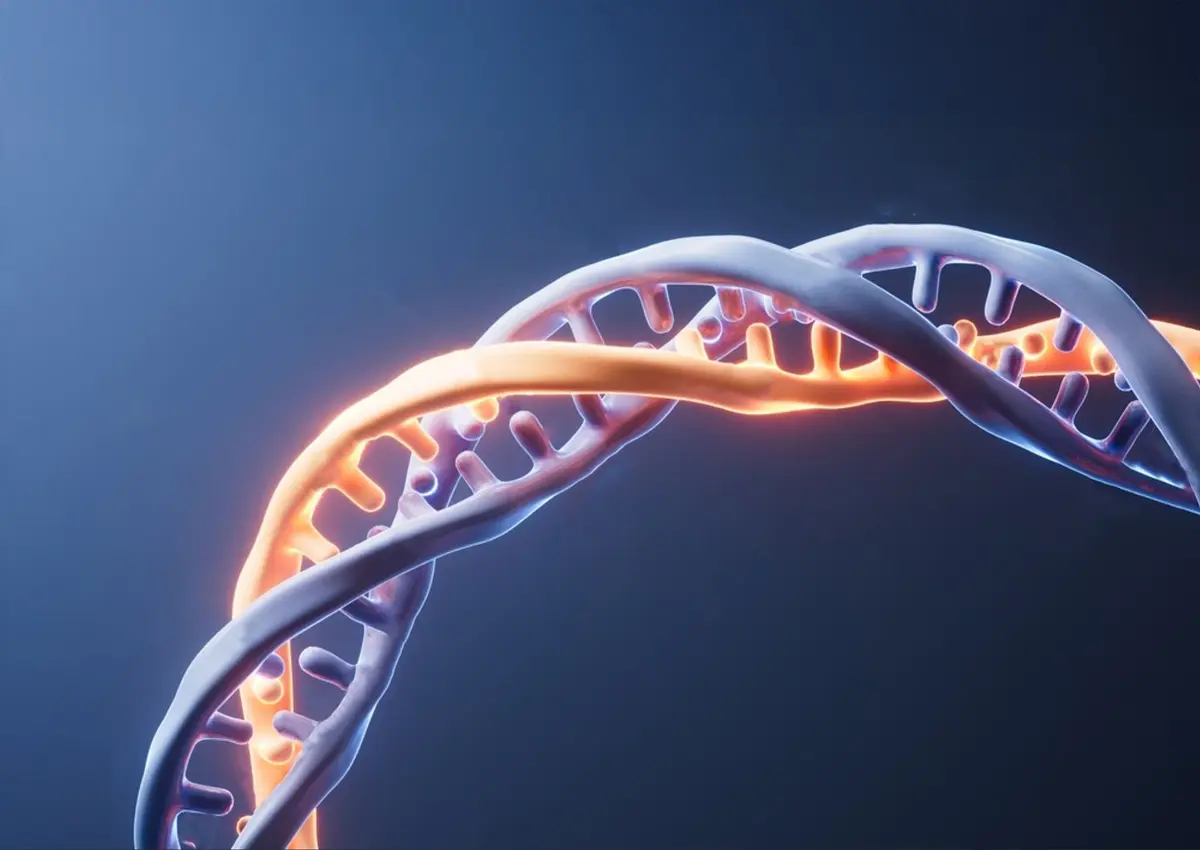
ecDNA
This portal provides a comprehensive catalog of circular extrachromosomal DNA (ecDNA) associated with childhood cancers, facilitating research and clinical insights. Explore detailed ecDNA profiles, patient information, and access valuable resources to advance scientific understanding and improve patient outcomes.
PERsonalized single-Cell Expression-based Planning for Treatments In ONcology
We build a precision oncology computational approach capitalizes on recently published matched bulk and single-cell (SC) transcriptome profiles of large-scale cell-line drug screens to build treatment response models from patients’ SC tumor transcriptomics. The general objective of this project is to utilize single-cell omics from patients tumor to predict response and resistance. The following figure describe the architecture of PERCEPTION pipeline.
Childhood Cancer Catalog of Circular Extrachromosomal DNA
This portal provides a comprehensive catalog of circular extrachromosomal DNA (ecDNA) associated with childhood cancers, facilitating research and clinical insights. Explore detailed ecDNA profiles, patient information, and access valuable resources to advance scientific understanding and improve patient outcomes.
Latest News
Center for Data Sciences
Programming in a Petri Dish
An AI Series
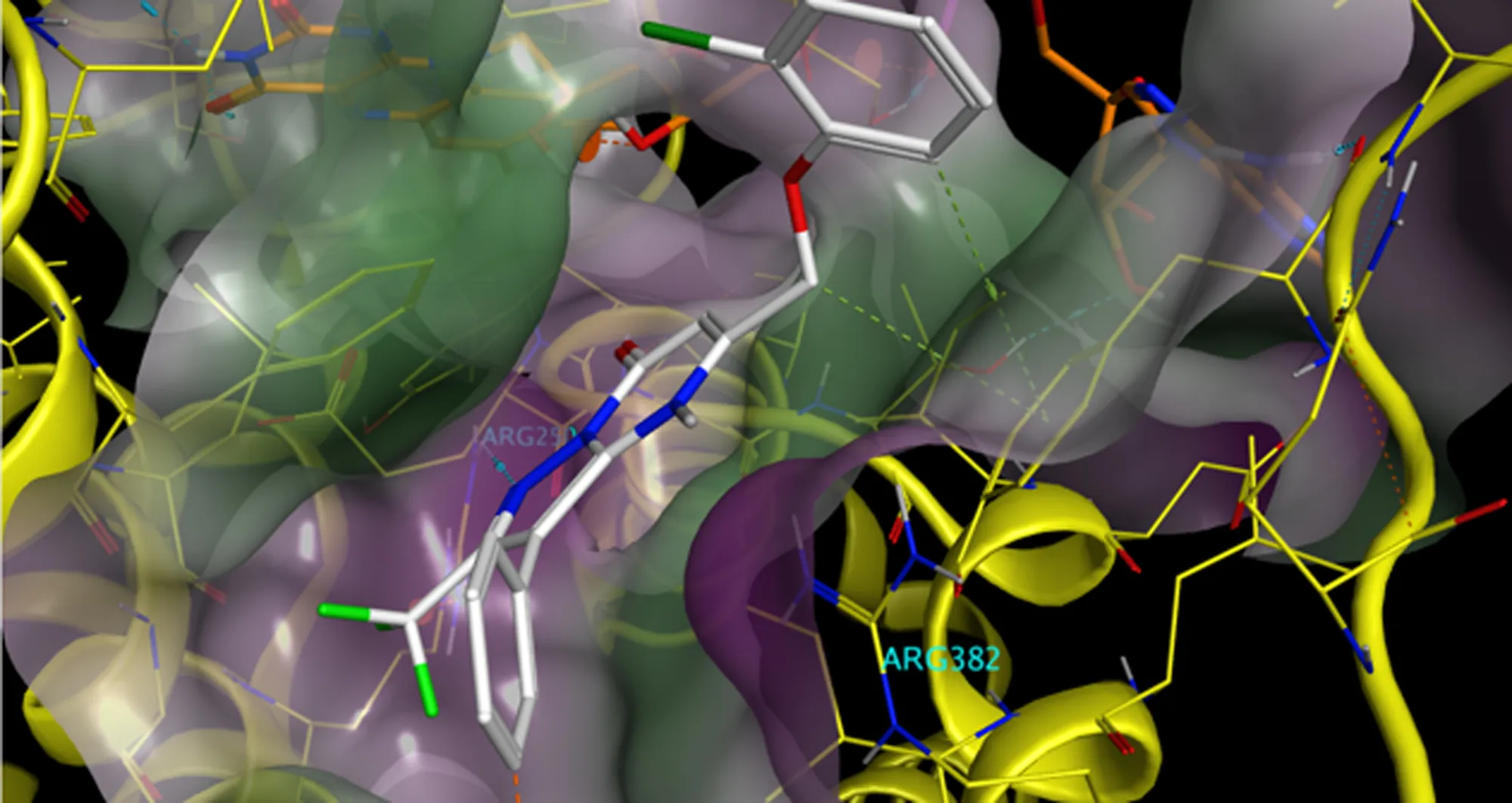
How AI can make drug discovery faster, better and cheaper
In an essay, Michael R. Jackson, PhD, senior vice president for drug discovery and development at Sanford Burnham Prebys, explains.
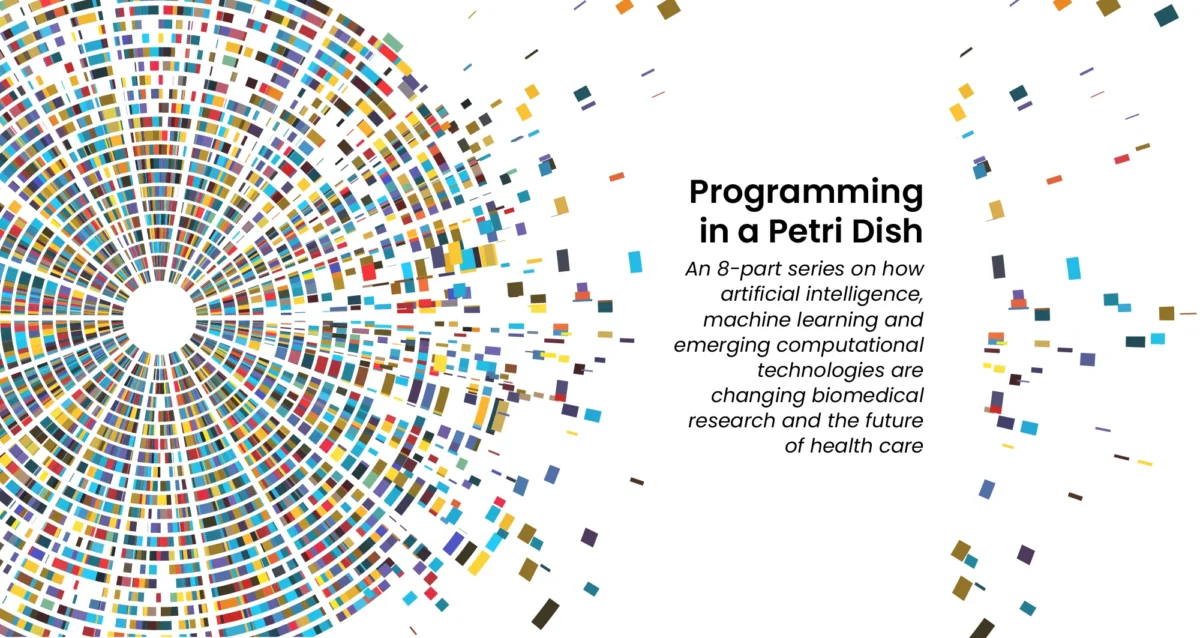
Acceleration by automation
Increases in the scale and pace of research and drug discovery are being made possible by robotic automation.

Simulating science or science fiction?
In the Conrad Prebys Center for Chemical Genomics, simulation-based techniques help scientists find new potential treatments.

Mapping the human body to better treat disease
Scientists are investigating the inner workings of our bodies and the cells within them at an unprecedented level of detail.

Dodging AI and other computational biology dangers
Sanford Burnham Prebys scientists say that understanding the potential pitfalls of using artificial intelligence and computational biology techniques in biomedical…

Scripting their own futures
At Sanford Burnham Prebys Graduate School of Biomedical Sciences, students embrace computational methods to enhance their research careers

Coding clinic
Rapidly evolving computational tools may unlock vast archives of untapped clinical information—and help solve complex challenges confronting healthcare providers
Featured Articles


Homeostatic regulation of nucleoporins is a central driver of nuclear pore biogenesis
Apr 7, 2025
Cell polarity proteins promote macropinocytosis in response to metabolic stress
Dec 5, 2024
